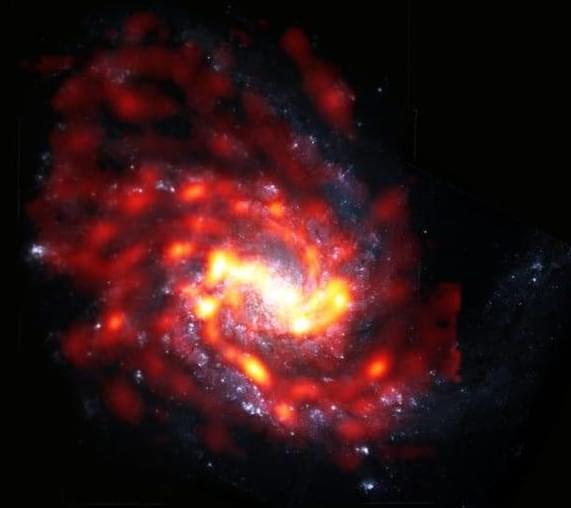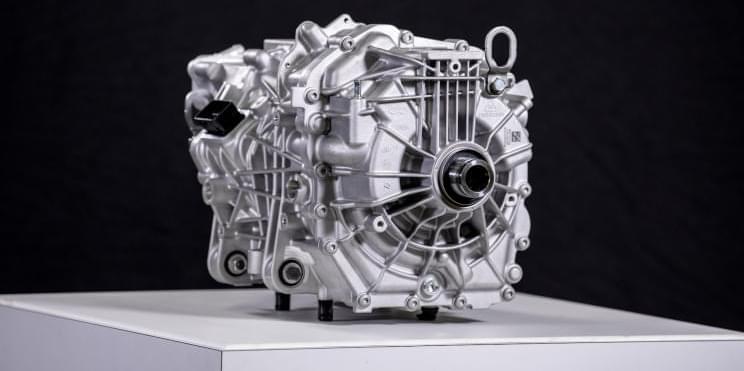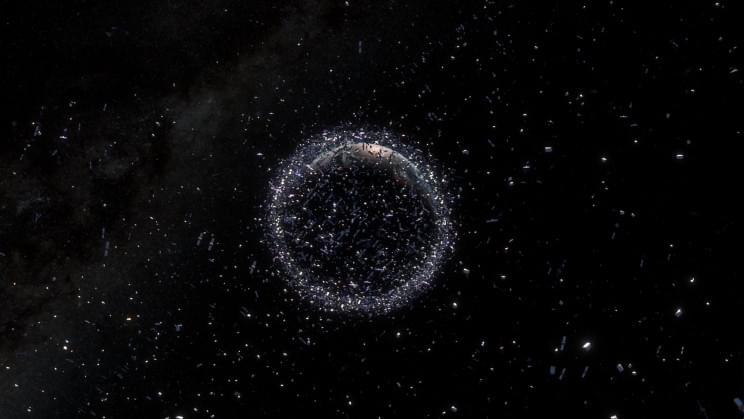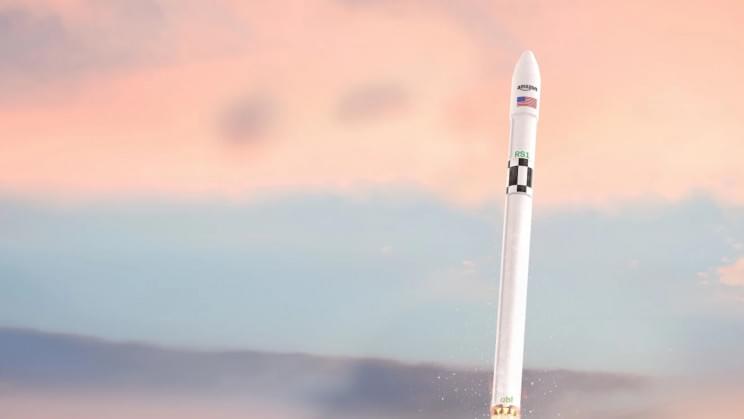It now has almost 22 million views. Sadly, Jacque passed away a few months after this came out. He was 101 years old. #transhumanism.
Learn More.
NowThis Earth.
This man is trying to create a world without money.


Something is killing-off galaxies by preventing the birth of stars—and astronomers now think they know why.
While studying 51 galaxies in a “galaxy-cluster” called the Virgo Cluster an international team of scientists have found that molecular gas—the fuel for new stars—is being “swept away by a huge cosmic broom.”
Exactly what is preventing nearby galaxies from birthing new stars has been a long-standing mystery in astrophysics. The new paper, now available online, blames the extreme environment of the Virgo Cluster. It’s been accepted by the journal Astrophysical Journal Supplement Series.

The retrofit-friendly crate motor can be yours for $3,900.
Ford revealed an electric crate motor based on the motor it uses to power the 2021 Mustang Mach-E GT Performance Edition. In a press statement, the automaker revealed that the “Eluminator e-crate motor” provides 281 horsepower and 317 lb.-ft. of torque.
The new motor is already available at online retailers for the price of $3,900, and Ford said it plans to release more individual electric vehicle (EV) parts in the f… See more.

Engineers have devised a new technique to clear space debris using magnets.
This would allow you to move the debris where you wanted it to go without actually having to touch it. “What we wanted to do was to manipulate the thing, not just shove it but actually manipulate it like you do on Earth,” Abbott said. “That form of dexterous manipulation has never been done before.”
While this is important for clearing out space junk that can’t be repaired, this method could also be … See more.

Adding another dimension to the Jeff Bezos and Elon Musk rivalry.
Amazon will launch the first two of its Project Kuiper internet satellites in the fourth quarter of 2,022 in a bid to tap the market for internet satellite constellations, a press statement from the delivery giant reveals.
Amazon announced Project Kuiper last week, alongside a partnership with Verizon, which will provide its telecommunications expertise. The two firms are following in the footsteps of SpaceX’… See more.

Trust in AI. If you’re a clinician or a physician, would you trust this AI?
Clearly, sepsis treatment deserves to be focused on, which is what Epic did. But in doing so, they raised several thorny questions. Should the model be recalibrated for each discrete implementation? Are its workings transparent? Should such algorithms publish confidence along with its prediction? Are humans sufficiently in the loop to ensure that the algorithm outputs are being interpreted and implem… See more.
Earlier this year, I wrote about fatal flaws in algorithms that were developed to mitigate the COVID-19 pandemic. Researchers found two general types of flaws. The first is that model makers used small data sets that didn’t represent the universe of patients which the models were intended to represent leading to sample selection bias. The second is that modelers failed to disclose data sources, data-modeling techniques and the potential for bias in either the input data or the algorithms used to train their models leading to design related bias. As a result of these fatal flaws, such algorithms were inarguably less effective than their developers had promised.
Now comes a flurry of articles on an algorithm developed by Epic to provide an early warning tool for sepsis. According to the CDC, “sepsis is the body’s extreme response to an infection. It is a life-threatening medical emergency and happens when an infection you already have triggers a chain reaction throughout your body. Without timely treatment, sepsis can rapidly lead to tissue damage, organ failure, and death. Nearly 270,000 Americans die as a result of sepsis.”


There’s an odd twist to human physiology not seen in any other primate 0 that makes giving birth more complicated for our species. Now, a study using biomechanical modelling on gait and posture has provided some insights into this long-standing mystery.
The narrow shape of the human birth canal is kinked at the inlet, so that contractions of the mother must rotate the baby’s big brain and wide shoulders nearly 90 degrees to fit into the pelvis.
To figure out how to populate Mars, you need to have the mind of Einstein, the wit of Louis CK and…
